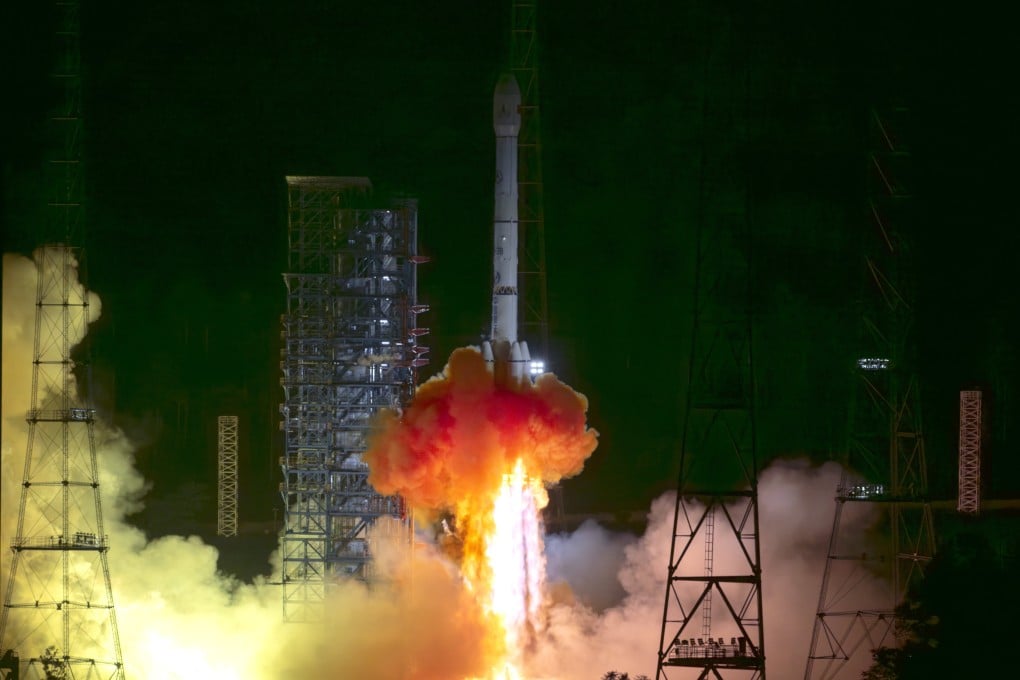China’s Tianwen-2 lifts off on mission to bring asteroid samples back to Earth
Plan is for spacecraft to first visit 2016 HO3, which could be a fragment of the moon, then start a seven-year journey to comet 311P

The Tianwen-2 spacecraft lifted off aboard a Long March 3B rocket from the Xichang Satellite Launch Centre in southwest China at 1.31am Beijing time on Thursday, according to the China National Space Administration.
“About 18 minutes after lift-off, the rocket placed the spacecraft into a transfer orbit from Earth to asteroid 2016 HO3. The spacecraft’s solar panels deployed successfully, marking the complete success of the launch mission,” the agency said on its website.
The spacecraft’s first planned visit is asteroid 469219 Kamo’oalewa (2016 HO3) – a small quasi-satellite of Earth which scientists believe may be a fragment of the moon. Tianwen-2 is expected to collect samples from its fast-spinning surface and return them to Earth in late 2027 via a re-entry capsule.
After that, the main spacecraft will use the Earth’s gravity for a slingshot manoeuvre and begin a seven-year journey to comet 311P/PANSTARRS – an object in the solar system’s asteroid belt, known for shedding dust in multiple tails.
Tianwen-2 will investigate the comet’s orbit, shape, rotation, surface composition and dust activity.